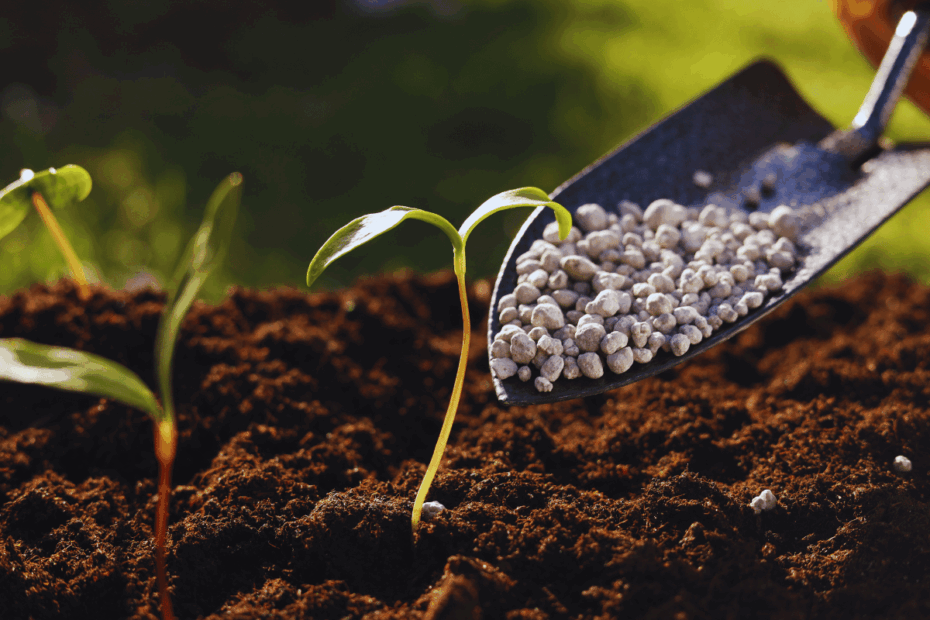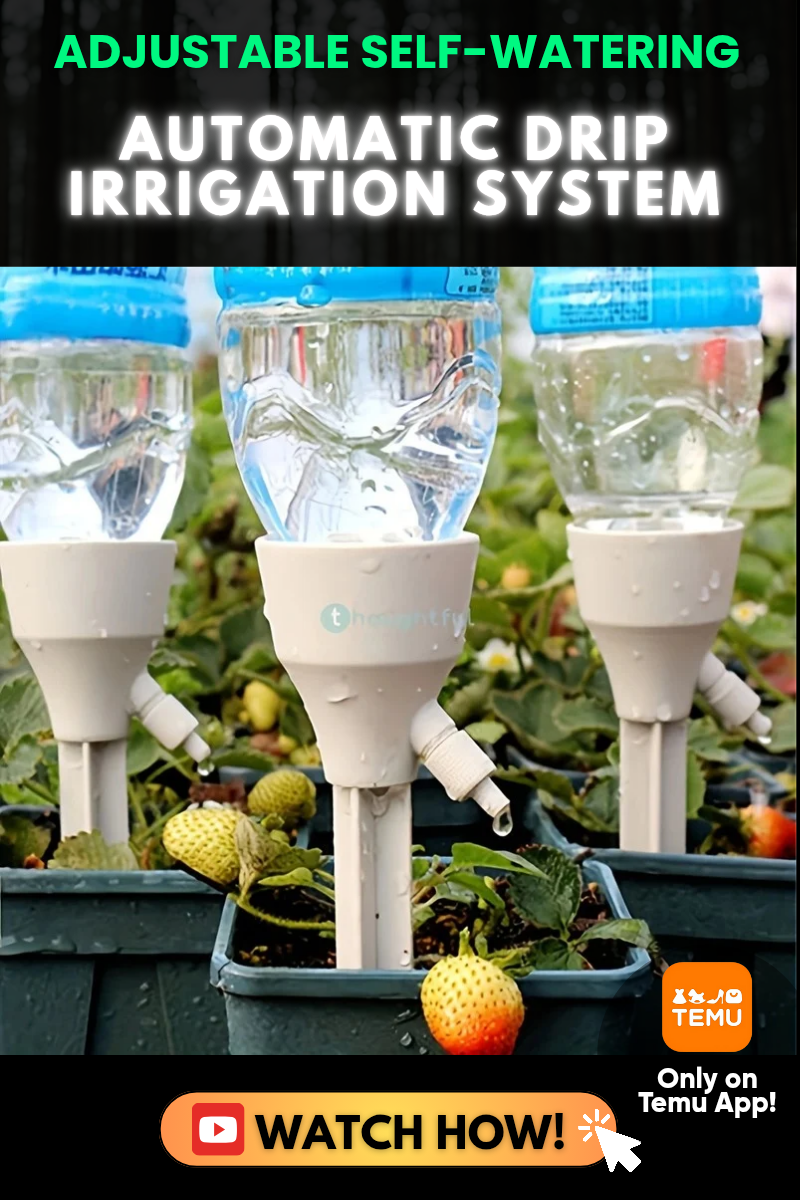Unraveling the enigmatic realm of fertilizer, where numbers hold the power to nurture growth and yield bountiful harvests, we venture forth today to explore the eternal question: is the coveted 16-16-16 fertilizer truly the elixir of life for our beloved fruit-bearing trees? Picture a whimsical orchard, basking in golden sunlight, where apple and orange trees sway gently in harmony with nature’s symphony. Within the verdant foliage, the secrets of successful fertilization lie dormant, waiting to be uncovered. Brace yourself as we unveil the truth, analyzing the merits of this formula, piercing through the veil of mystery surrounding 16-16-16, to determine whether it is truly the fruitful path to enchanting abundance or just another futile endeavor in the perennial pursuit of cultivating lush orchards. Join us on this whimsical journey as we seek to unravel the essence of 16-16-16 fertilizer and its impact on our precious fruit trees.
The Pros and Cons of 16-16-16 Fertilizer for Fruit Trees
Fertilizers play a crucial role in providing essential nutrients to promote the healthy growth of fruit trees. When it comes to choosing the right fertilizer, one popular option is the 16-16-16 fertilizer blend. This balanced ratio of nutrients is designed to benefit fruit trees in several ways, but it also has its drawbacks. Here, we will explore both the advantages and disadvantages of using 16-16-16 fertilizer for fruit trees.
Advantages:
- Balanced nutrition: The 16-16-16 fertilizer formula contains equal proportions of nitrogen, phosphorus, and potassium, providing a balanced supply of essential nutrients for fruit trees.
- Enhanced growth: These nutrients support vigorous growth, helping fruit trees establish strong roots, develop sturdy trunks, and produce more abundant foliage.
- Increased fruit production: The balanced nutrient ratio can improve flowering and fruit set, leading to higher fruit yields for a more bountiful harvest.
Disadvantages:
- Possible nutrient imbalances: Although a balanced ratio is desirable, fruit trees may have unique nutritional requirements that the 16-16-16 blend may not fully meet, potentially leading to deficiencies or excesses in certain nutrients.
- Potential environmental impact: Overusing 16-16-16 fertilizer can result in nutrient leaching, where excess nutrients seep into water sources, potentially causing pollution and harming ecosystems.
- Limited specificity: Different fruit tree species have diverse nutrient requirements; therefore, a more tailored or specialized fertilizer may sometimes be more suitable for optimizing their growth and health.
| Features | Tips |
|---|---|
| 1. Balanced nutrition | 1. Always follow the instructions on the fertilizer packaging for correct application rates. |
| 2. Enhanced growth | 2. Regularly monitor and adjust the fertilization schedule based on the specific needs of your fruit trees. |
| 3. Increased fruit production | 3. Consider soil testing to determine if any additional nutrient supplements may be necessary for optimal fruit yield. |

Understanding the Nutrient Composition: A Closer Look at the 16-16-16 Ratio
When it comes to nurturing healthy and bountiful fruit trees, understanding the nutrient composition is crucial. One commonly used fertilizer ratio for fruit trees is 16-16-16, which refers to the balance between nitrogen (N), phosphorus (P), and potassium (K) in the fertilizer. But is this ratio truly beneficial for fruit trees? Let’s take a closer look.
The 16-16-16 ratio offers a balanced mix of essential nutrients that fruit trees require for their growth and productivity. Nitrogen is responsible for promoting leaf and stem development, while phosphorus aids in root development and flower formation. Potassium, on the other hand, supports fruit production and overall plant health. By providing these nutrients in equal proportions, 16-16-16 fertilizer can help ensure that fruit trees receive a well-rounded and comprehensive supply of essential elements.
To better understand the features and tips for using 16-16-16 fertilizer on fruit trees, refer to the following table:
table, th, td {
border: 1px solid black;
border-collapse: collapse;
}
th, td {
padding: 10px;
}
| Features | Tips |
|---|---|
| 1. Balanced nutrient composition | 1. Follow recommended dosage guidelines |
| 2. Promotes overall plant health | 2. Apply fertilizer evenly around the drip line |
| 3. Enhances fruit production | 3. Water the trees thoroughly after fertilization |
With an array of benefits and a balanced nutrient composition, 16-16-16 fertilizer can indeed be good for fruit trees. However, it’s important to consider the specific needs of your fruit tree species and the recommendations from expert gardeners or agricultural authorities. By tailoring your fertilizer regimen to the unique requirements of your fruit trees, you can support their growth and harvest a bumper crop of delicious, healthy fruits.
Choosing the Right Fertilizer for Your Fruit Trees: Factors to Consider
When it comes to nourishing your fruit trees, choosing the right fertilizer is crucial for their health and productivity. One commonly asked question is whether 16-16-16 fertilizer is suitable for fruit trees. While 16-16-16 fertilizer can provide balanced nutrition, it’s important to consider a few factors before deciding if it’s the best option for your trees.
Firstly, co
nsider the specific nutrient requirements of your fruit trees. Different types of fruits have varying nutritional needs, and it’s important to ensure they receive the appropriate balance of nutrients. 16-16-16 fertilizer contains equal proportions of nitrogen, phosphorus, and potassium, which may not be ideal for all fruit trees. For instance, citrus trees may benefit more from a fertilizer with a higher nitrogen content, while apple trees may require more phosphorus for robust fruit development. So, while 16-16-16 fertilizer can be a good option for general maintenance, it may not optimize the specific needs of your fruit trees.To further assist you in selecting the right fertilizer, here are some features and tips to consider:
| Feature/Tips | Description |
| Fruit tree type | Identify the specific nutrient requirements of your fruit trees and choose a fertilizer formulation accordingly. |
| Nutrient ratios | Understand the ratios of nitrogen (N), phosphorus (P), and potassium (K) in the fertilizer. Different fruit trees may require varying ratios. |
| Slow-release vs. quick-release | Consider whether you prefer a slow-release fertilizer for long-term nutrient availability or a quick-release option for immediate results. |
Ultimately, it’s essential to strike a balance between providing ample nutrients to your fruit trees and tailoring the fertilizer to suit their specific needs. Consider factors such as the type of fruit tree, nutrient ratios, and release type, to ensure your choice of fertilizer promotes healthy growth, abundant fruit production, and the overall health of your fruit trees.


